
- All About Botswana
- Trips
- Blog
- The Best Time of Year to Visit Botswana’s Top Safari Destinations
- Budgeting for a Botswana Safari: What You Need to Know
- Top Safari Activities in Chobe National Park You Can’t Miss
- What Makes the Kalahari Desert Unique Compared to Other Deserts?
- How to Pack for a Safari in Botswana: Tips for Every Season
- Why Chobe National Park is Known as the Elephant Capital of the World
- Chief’s Island: A Microcosm of Okavango Diversity
Chobe National Park:
The Elephant Capital of the World
Imagine standing on the banks of the Chobe River as the golden light of dawn breaks over the landscape. The air is filled with a chorus of bird calls, punctuated by the distant trumpeting of elephants. This is Chobe National Park, a place where nature's grandeur is on full display, and elephants reign supreme
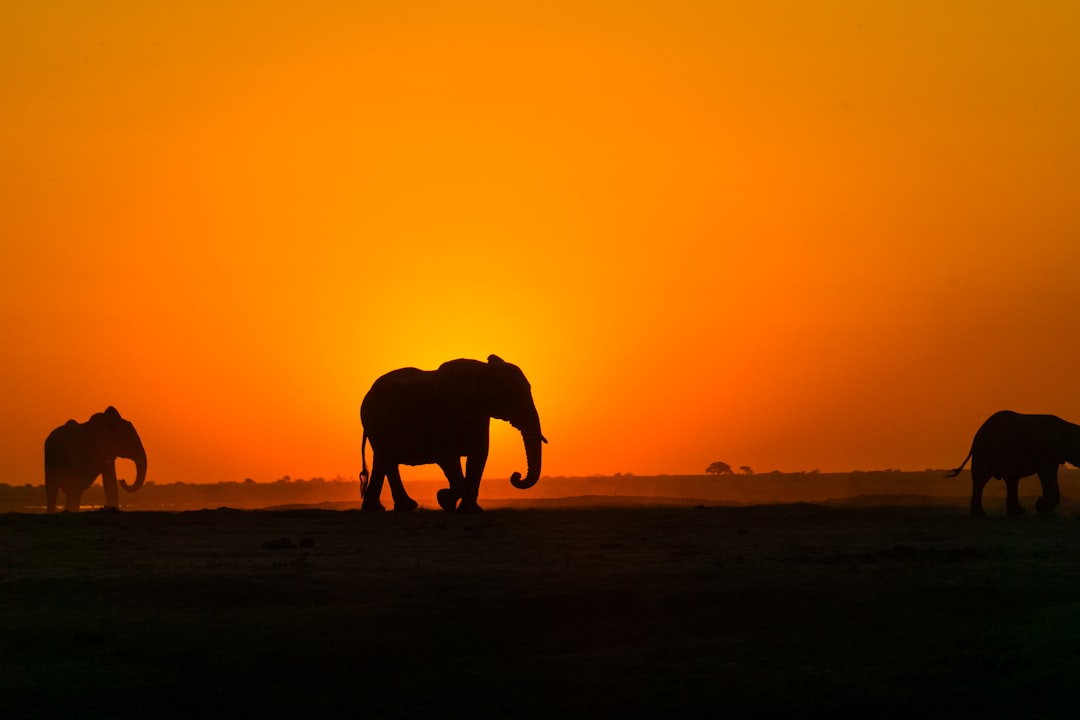
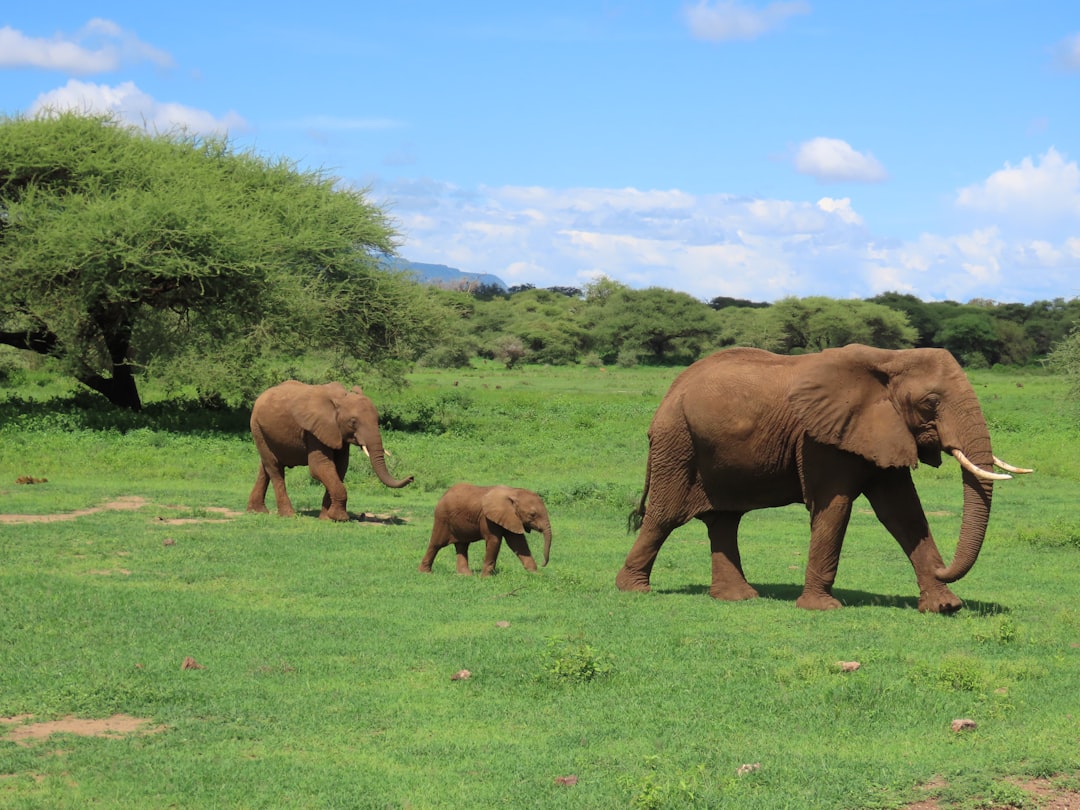
The Elephant Kingdom of Chobe
Chobe National Park, located in northern Botswana, has earned its reputation as the "Elephant Capital of the World" for good reason.
Home to an estimated 120,000 elephants, it boasts the highest concentration of these magnificent creatures in Africa. But what makes Chobe so special for elephants, and why have they thrived here in such incredible numbers?
A Perfect Habitat
The secret to Chobe's elephant success lies in its diverse ecosystem. The park encompasses a variety of habitats, from lush floodplains to dense woodland, providing elephants with everything they need to flourish.
The Chobe River, which forms the park's northern boundary, is the lifeblood of this ecosystem, attracting elephants from miles around, especially during the dry season.
As David Attenborough might describe it: "Here, on the banks of the Chobe River, one of nature's greatest spectacles unfolds. Hundreds of elephants gather, their massive forms silhouetted against the setting sun, in a display of pachyderm power that is unmatched anywhere else on Earth."
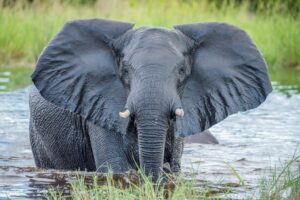
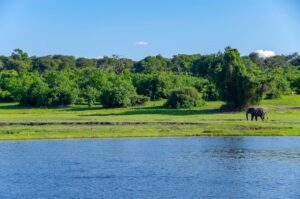
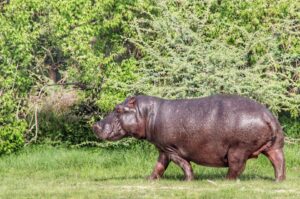

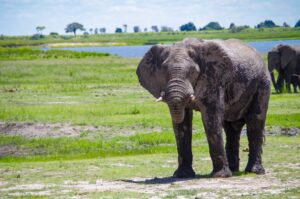
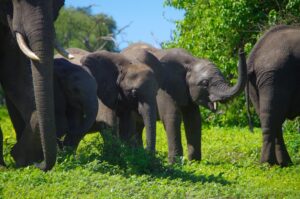
The Chobe Elephants: Unique Behaviors
The elephants of Chobe have adapted to their environment in fascinating ways. Researchers have observed behaviors here that are rarely seen elsewhere:
River Crossing: Chobe's elephants are known for their impressive river-crossing abilities. During the dry season, herds can be seen swimming across the Chobe River, using their trunks as snorkels.
Seasonal Migrations: While not as extensive as some other elephant populations, Chobe's herds do undertake local migrations, moving between the river and inland areas depending on the season.
Social Structures: The abundance of resources in Chobe allows for larger family groups and more complex social interactions among elephants.
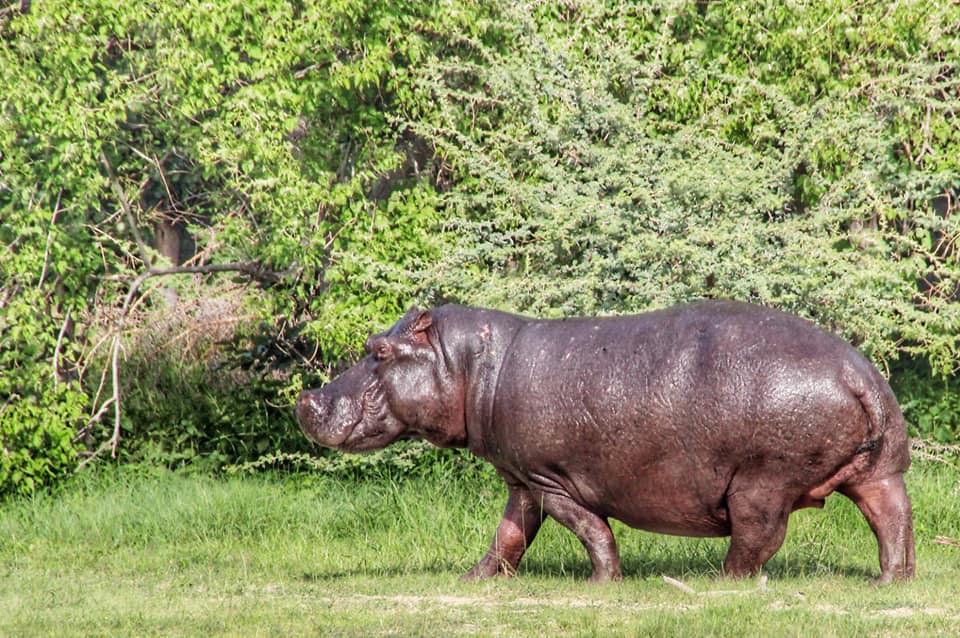

The island's diverse habitats make it a haven for predators. Lions find ideal hunting grounds in the open areas, while the woodlands provide cover for leopards and wild dogs. The mix of habitats creates edge effects - transition zones between different ecosystems that are often rich in biodiversity and favored by many species.
This habitat diversity not only supports a wide range of wildlife but also allows animals to adapt to seasonal changes. During the dry season, many species concentrate on the island as it provides both permanent water and good grazing.
When the floods come, some animals move to drier areas, while others, like the sitatunga antelope, thrive in the wetland conditions.
Plan Your Okavango Adventure
Discover the perfect itinerary for exploring the breathtaking Okavango Delta.
A Day in the Life of Chobe's Elephants
To truly appreciate why Chobe is the Elephant Capital, let's follow a typical day in the life of its elephant inhabitants.
Dawn: The Journey Begins
As the first light breaks over the savanna, elephant herds begin to stir. Led by the matriarch, they start their daily journey towards the Chobe River. The sound of their footfalls and the occasional trumpet call breaks the morning silence.
Midday: Riverside Revelry
By midday, the riverfront is a hive of elephant activity. Herds gather to drink, bathe, and socialize. Young calves play in the shallows under the watchful eyes of their mothers and aunts. Bull elephants engage in friendly tussles, testing their strength against one another.
"The Chobe riverfront during the dry season is a sight to behold," says local guide Mpho Kgomotso. "Sometimes you can see hundreds of elephants spread out along the river. It's like watching a city of elephants going about their daily business."
Afternoon: Feeding Time
As the heat of the day subsides, the elephants move into the woodland areas to feed. Chobe's elephants are primarily browsers, using their trunks with incredible dexterity to pluck leaves and branches from trees and shrubs.
Evening: Return to Safety
As night falls, the herds begin to move away from the river, seeking safer areas to rest for the night. The elephants' day-long presence at the river has reshaped the landscape, their feeding habits playing a crucial role in maintaining the park's ecosystem.


Conservation Success Story
Chobe's status as the Elephant Capital of the World is a testament to Botswana's commitment to conservation. The country has some of the strictest anti-poaching laws in Africa, and Chobe National Park is at the forefront of elephant protection efforts.
However, this success brings its own challenges. The high elephant population can put pressure on the park's vegetation and impact other species. Balancing elephant conservation with overall ecosystem health is an ongoing challenge for park managers.
Experiencing Chobe's Elephants
For visitors, Chobe offers unparalleled elephant viewing opportunities:
- River Cruises: A boat trip along the Chobe River provides close-up views of elephants drinking, bathing, and crossing the river.
- Game Drives: Explore the park's interior, where you might encounter elephant herds moving through the woodland or gathering at waterholes.
- Photographic Safaris: Specialized photographic boats with swivel chairs and camera mounts allow for optimal wildlife photography.
In Chobe, the elephants remind us of the greatness of Africa. They are like the old chiefs, wise and strong, teaching us about the importance of family and respect for the land.
The Future of Chobe's Elephants
While Chobe's elephant population is currently thriving, the future holds both promise and challenges. Climate change, human-wildlife conflict, and habitat loss in surrounding areas are all potential threats.
However, the success of Chobe provides hope and valuable lessons for elephant conservation across Africa. By studying the park's elephants and the conditions that have allowed them to flourish, conservationists can develop strategies to protect these magnificent creatures throughout their range.
Safari Treks
Options
- Family Safaris
- Budget Safaris
- Honeymoon Safaris
- Luxury Safaris
- Birding Safari Tours